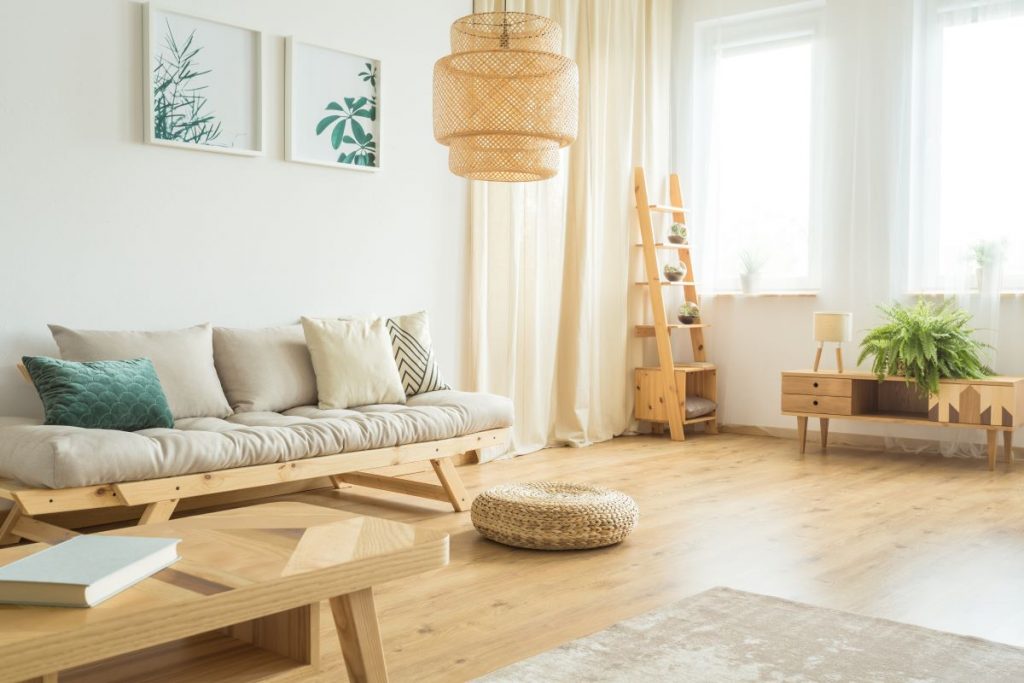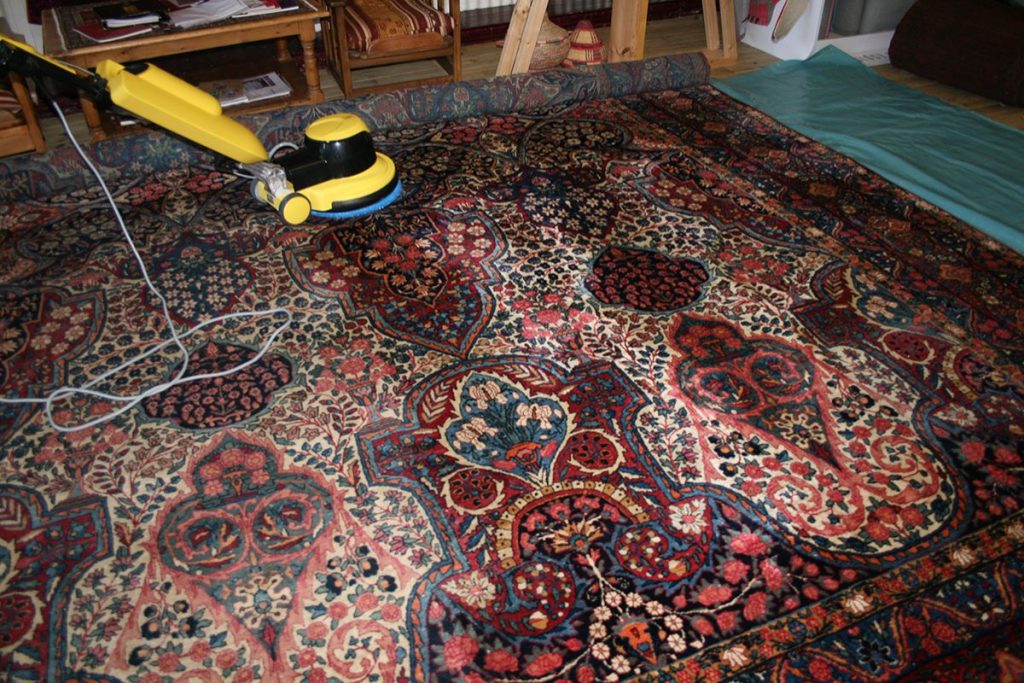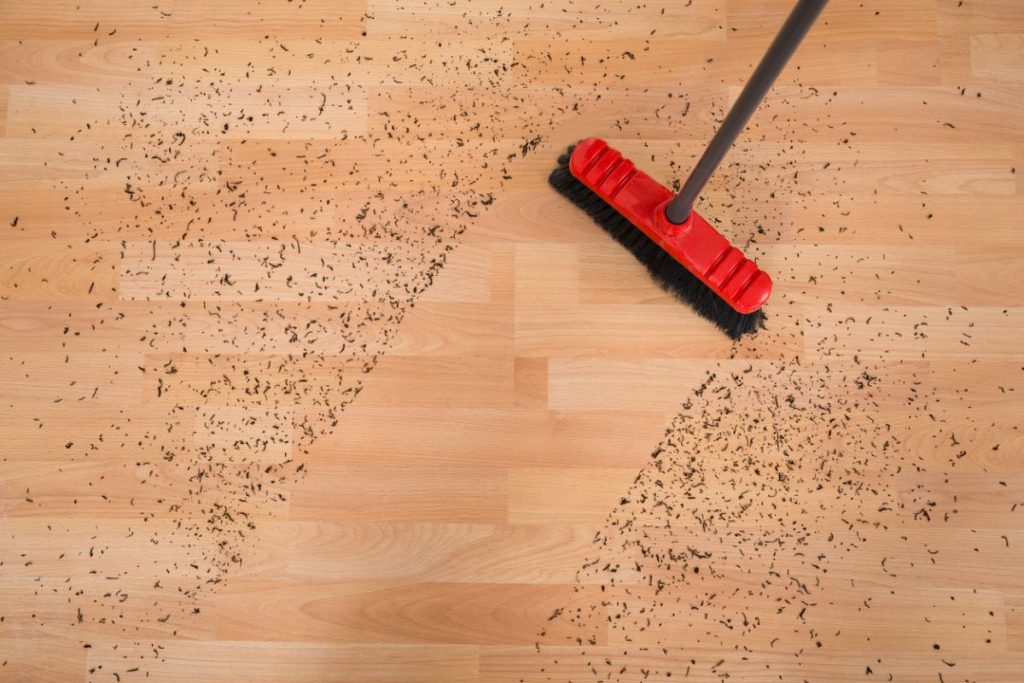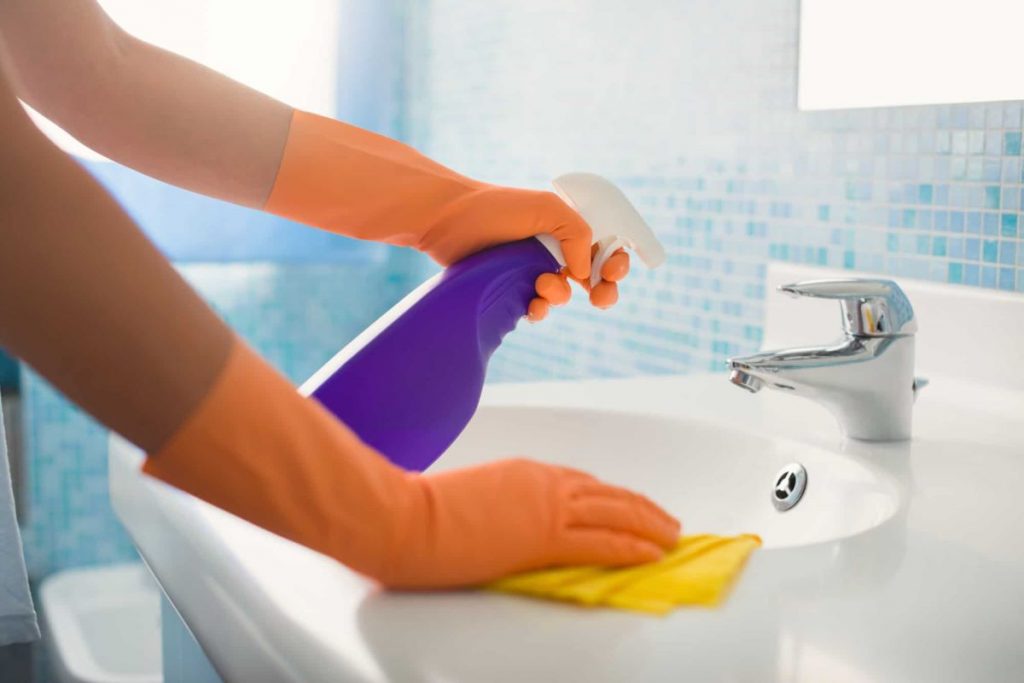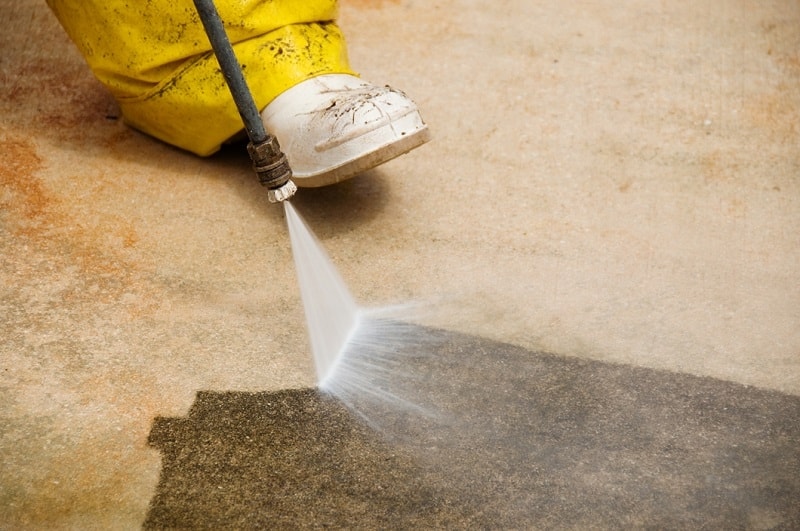Table of Contents
Marble is a very versatile stone that has many decorative and ornate uses such as for flooring, countertops, outdoor sculptures, and for architectural purposes such as stairways and veneers. When we think of marble flooring we think classic, elegant and high-end. Marble is a hard, naturally derived stone that must be taken care of meticulously in order to preserve its lifespan and keep it looking beautiful. Marble starts off as metamorphic rock and is comprised of various elements and minerals such as dolomite and calcite. Over the course of millions of years, marble undergoes major transformations resulting in the marble that we know of today. It is formed when limestone recrystallizes due to large amounts of pressure in conjunction with heat resulting in what is commonly referred to as marble.
Over time and with age, marble stone inevitably and naturally begins to lose its appeal, gleam, and color. In households, high foot traffic areas such as entrance walkways and kitchens where marble lay start to lackluster and begin looking old and faded. This is when marble cleaning becomes necessary and essential.
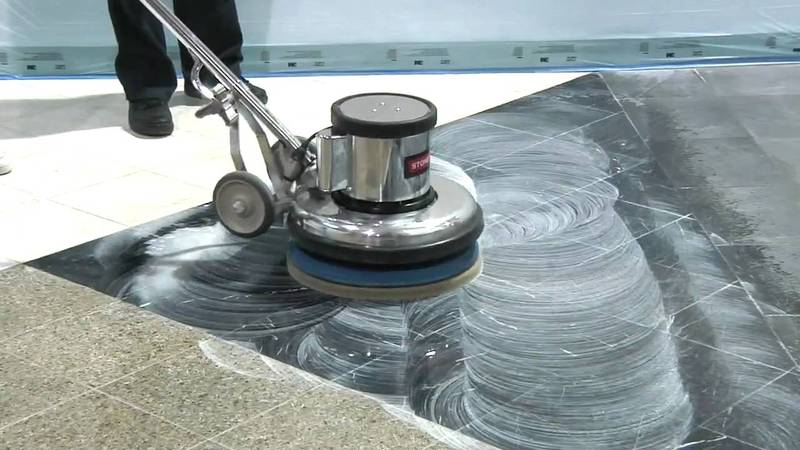
How often should I do maintenance on my marble floors?
Marble flooring is considered to be in the moderate to high maintenance range. It is advisable that marble polishing be completed once every two years in order to safeguard its facade. Without proper polishing and sealing, marble runs the risk of being penetrated and permanently stained. Marble flooring is especially vulnerable to foods and liquids that are highly acidic so if spills happen to occur, it is important that they are cleaned up in a prompt manner.
Identifying marble types
Marble cleaning is an important part in the conservation of marble itself. Because there are various types and assortments of marble, making sure to find the right method to cleaning, restoring, and polishing it is imperative to the look and lifespan of each material. Marble that is made up of calcite is more susceptible to damage from cleaning agents and polishes than marble that is made up of dolomite, a more resistant and resilient sort of marble. With that in mind, it becomes crucial that prior to applying any sort of cleaning agent, you know what type of marble it is. For a marble identification guide, we recommend this resource.
Resisting the elements
Because marble is a natural stone, it is at risk for damage from other natural forces much easier when used outside. Such elements that could pose damage to marble are acidic rain water and heat, resulting in loss of polish, luster and detailing. Increased temperatures also increase the rate in which chemicals alter in the marble, posing the risk of damage.
For marble that is inside, spills such as fruit juices and carbonated beverages will stain the marble if not cleaned up immediately. If these liquids stay on the surface of marble for extended periods of time, the liquid will evaporate but it will leave an unsightly and permanent stain.
Cleaning and polishing
Polishing powder is a popular agent used to remove any leftover haze that may interfere with the shimmer and shine of the marble floors. Honing, refinishing, sealing, cleaning, and polishing are all part of the maintenance of marble stone. Sealing is a beneficial part in the marble restoration process in that is can prevent stains from penetrating the stone and getting locked in its creases and grout.
Marble polishing is a great way to maintain the look and sheen of marble floors. Polishing marble floors in residential households or commercial buildings is a great method of marble restoration that will leave the surface looking as beautiful as they were when new. The wear and tear that marble floors endure mean that they must also be maintained and taken care of on a regular and conscientious basis.
Polishing marble will ensure a glossy and lustrous finish, one that is not only appealing to the eye but also preserves the longevity of the marble itself. Many polishing methods are completely mess and dust free so cleanup is virtually non-existent making the process quick and easy. Since marble is susceptible to fading, refurbishing marble stone is a great alternative to buying brand new marble. With the proper refurbishing methods, marble floors can look as good as new and last for decades to come.
Benefits of beautiful marble
Marble floors are a great alternative to hardwood or carpet flooring as they have the ability to keep your home cool is the summer months and warmer in the winter months. They are also hypoallergenic meaning they keep allergens on the surface where they are easy to broom or sweep up instead of sinking into the floor as they would with carpet and soft hardwood. Marble does not hold odors either which means pet stains and spills will not resonate in the floor or in the air once the mess has been cleaned up.
Marble is a much softer and substantially more porous natural stone than granite, travertine, and terrazzo making it prone to stains and cracks if not properly cared for. When deciding to put marble floors in your home, it is important to consider what it takes to clean, care, and restore it. Marble is expensive and fragile and requires great care. Keeping your marble floors looking new will not only let them stay striking, it will also elevate the value and beauty of your home.

